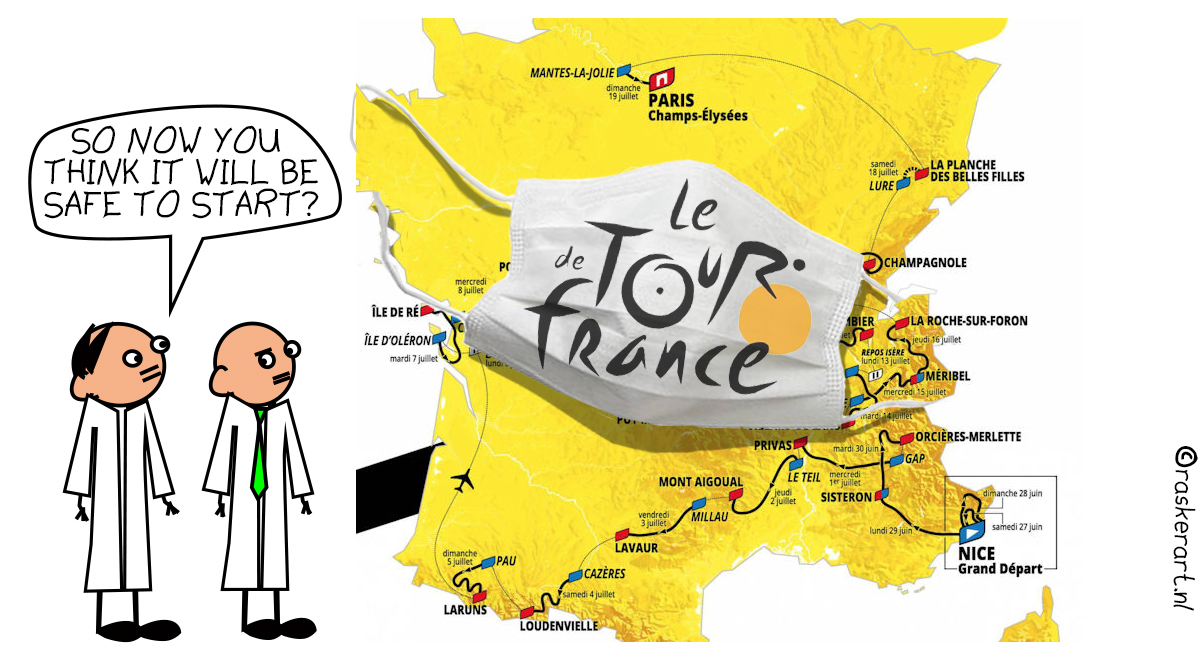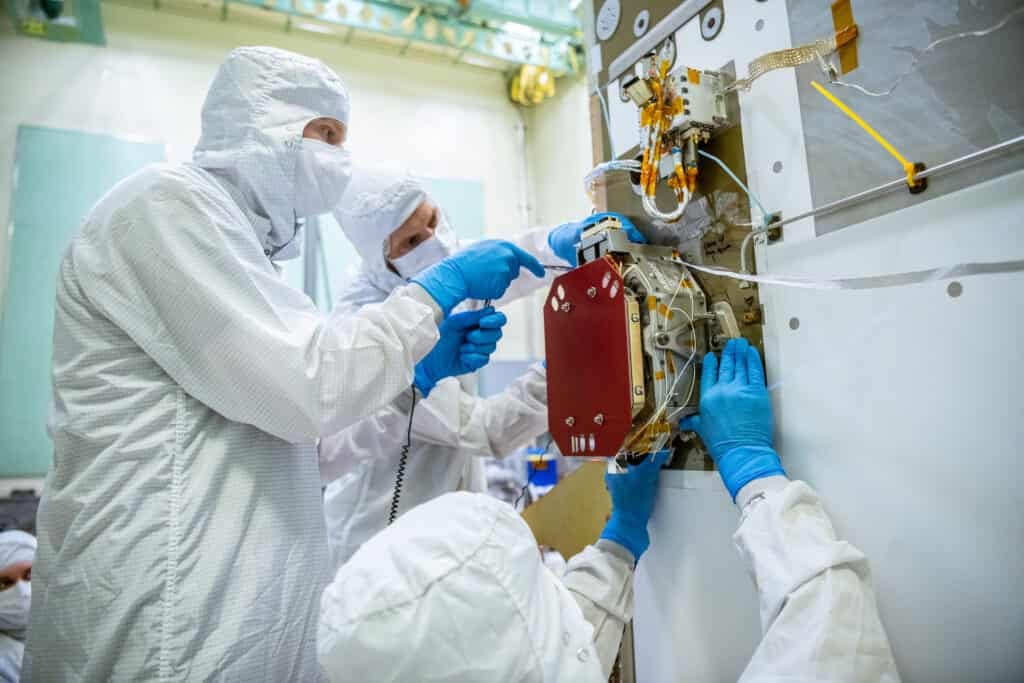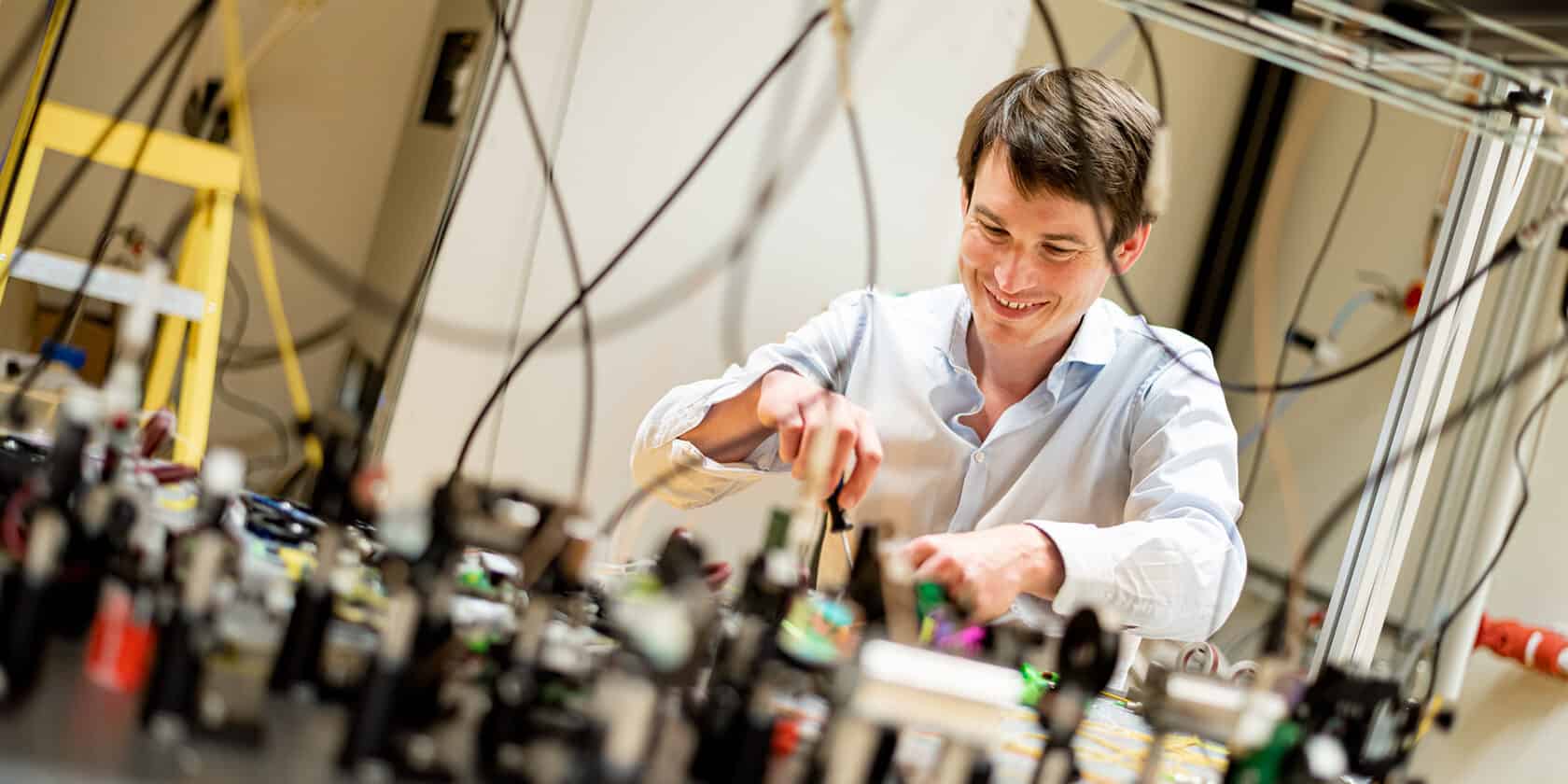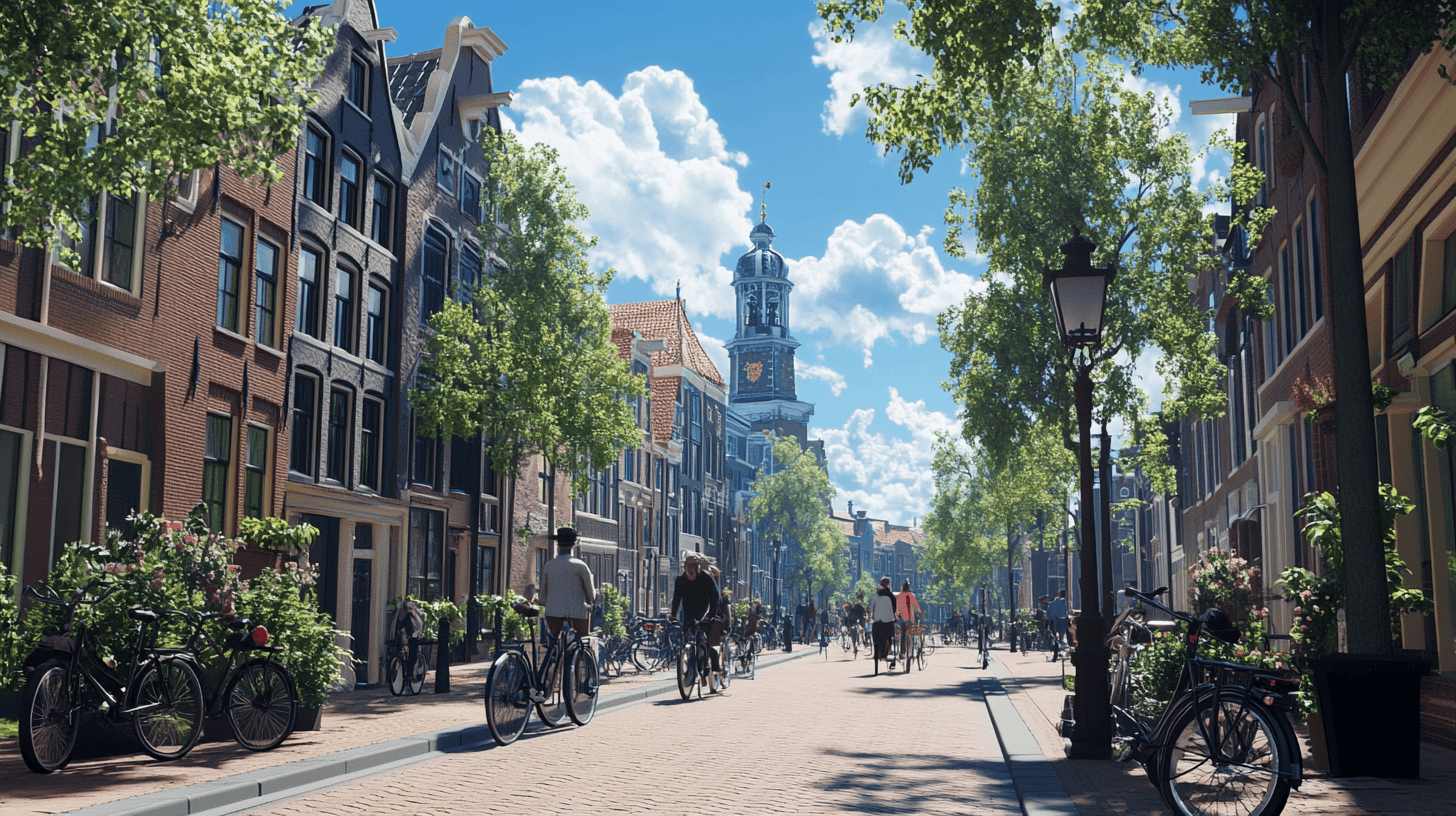
In the weekly ‘follow-up’ section we present a sequel to last week’s best-read article here on Innovation Origins. The story this week was about a study carried out by TU Berlin that shows that the coronavirus stays in the air longer than realized due to the tiny droplets and aerosols that we breathe in and out.
Time factor
Bert Blocken, professor of Building Physics at the Eindhoven University of Technology (TU/e, The Netherlands) and at KU Leuven, (Belgium), acknowledges the role of aerosols. He states that the research shows that the time factor is highly relevant to these tiny particles in particular. If you merely receive a very low dosage, then it probably won’t be a problem. You are also unlikely to get that dosage in a short period of time either. ” It is a different story when you spend hours in a room with someone who is infected. And all that person does is just breathe in and out. “The particles hang around in the air and that’s how the dosage levels rise. This increases your chance of becoming infected.”
Blocken had told his wife two months ago that he was going to take it easy. It had been busy, but “now it’s busier than ever.”
In April, he and fellow researchers from TU/e and KU Leuven presented a study showing that cyclists and runners should not cycle or run in each other’s slipstream. As the cloud of droplets that you create while running or cycling extends beyond the prescribed meter and a half distance. Now Blocken is chiefly busy with advising gymnasiums and indoor sports facilities. He aims to ”see how we can help them move forward.”
Fresh outdoor air
Scientists still disagree about the risk of infection via these smaller droplets. But for Blocken, it is clear that this pandemic is a multidisciplinary issue. “It’s a problem that also has to do with our buildings. How are you supposed to furnish and ventilate them? Undoubtedly the key element in preventing mass dispersion via these aerosols is to ventilate as much as you can with fresh outdoor air.”
Even before the corona crisis, there was an interest in ventilation. One example is the Dutch Building Decree that stipulates a much higher ventilation level than in the past, Blocken points out. And since 2008 the Dutch Olympic Committee*Dutch Sports Federation (NOC*NSF) has laid out in their handbook for sports facilities a ventilation level for some sports facilities that is twenty times higher than the minimum values in the Building Decree, Blocken elaborates. “That’s just really sensible because if you exercise, you generate a lot of aerosols, heat, moisture, and CO2. Fresh outdoor air is a necessity then.”
Heavy breathing ( … due to exercise)
In recent weeks Blocken has studied a number of scientific publications, among other things, about people who inhale and exhale heavily. This reveals that someone can produce up to 18 times more aerosols than someone who inhales and exhales normally. “Although what I am about to say now is not scientifically substantiated yet. But if I think it through, a ventilation level that is 20 times higher will put you in a pretty good situation. Of course, more research is needed. But it is quite striking how close together those figures are.”
ActiefNL, the branch organization of accredited sports and exercise centers in The Netherlands, had already proposed measures aimed at issues around contact and disinfection. Blocken reports that gyms that have installed ventilation systems with this kind of high refresh rate above and beyond the advice given by ActiefNL, are almost ready to open up again.
Filters
Over the past few weeks, Blocken and colleagues have written an academic paper on existing technologies that can help to reopen gyms worldwide in a safe way. Partly by using filters that work with electrostatic charges. Aerosols then receive an electrical charge and are neutralized via an earthed plate. ”Many of these current filtering techniques are already being used in smaller formats by people with severe allergies,” Blocken explains. “But these systems can be as big as a house. Sometimes they are used in heavy industry as well to purify the air.”
Sports face masks
Which technology will provide the highest yields? – That’s what Blocken believes is the key question. He himself suggested a face mask for athletes. That was met with hilarity, he admits. “That’s something that some people still cannot imagine, but that holds true for so many things in this corona crisis. Right from the onset of the crisis, Blocken spotted cyclists with face masks speeding along canal paths. Which, of course, will never feel the same as cycling without a face mask. But it’s certainly something to explore.” Blocken, as a cycling enthusiast, has put it high on his list.
“Let’s say that several cycling races won’t go ahead this year, they are expecting that a few teams will go bankrupt then. If we get another pandemic like this next year, then I’d rather see a Tour de France with face masks rather than no Tour at all.” Blocken believes that a lot of innovation is still needed. “The sports masks have to catch the droplets. Plus, they must not obstruct breathing too much.” No doubt that there will be a lot of resistance to a Tour with face masks. But I’d rather have an economy that thrives with face masks than an economy that collapses.”








